I picked up the 1958 book Sopranino at Toadstool Books last month. It’s a sailing book, part of The Mariners Library from London publisher Rupert Hart-Davis. I’m a sucker for heroic-sounding transatlantic crossing tales.
Among the other books in the series, listed in the front matter, is The £200 Millionaire. Intrigued, I found the text online.
What an interesting little essay it is; here’s enough to hook you:
I’m a doctor, or was once. And I’ve worked very hard all my life trying to be a good doctor, but failing, I fear, on the whole. I married and we had five children, and it meant hard work bringing them up properly and educating them. But I worked and did it.
Then I moved to London to try to make some money. That was the hardest work of all. Then the war came, and more hard work in a base hospital. The war killed two of my sons — and my wife. And when it was all over I looked around, and I didn’t like the look of the life I saw ahead of me.
To go on working hard seemed the only thing left to do, but I found there was no zest left in my work any more. My daughters were married and my remaining son was doing well in a practice of his own. I found my children could get on very well without me. So there was no one left to work for, and I found I was very tired.
I sold my practice and retired to Harwich, where I was born. And there I soon found out that having nothing to do at all is even worse that working hard at something you’ve lost interest in. I did nothing for six months, and I think another six months of that would have been the death of me. By then I feel I should have been glad to die. But this little boat saved me.
It’s all enough to make me run out and buy a boat. I might yet.
I am not generally the kind of person who will approach strangers and strike up a conversation; I’m simply too shy for that kind of thing (despite having parents who, evidence last week suggests, are very good at this).
But when I spotted Hon. David MacDonald at the Charlottetown Farmer’s Market this morning, I knew that I had to pluck up my courage and introduce myself.
David is someone I’ve admired for many years, as a politician, United Church minister and advocate for social justice.
But the reason I wanted to meet him this morning was to thank him for the work of his mother, Dr. Helen MacDonald, founding president of the PEI Home and School Federation and a women to whom we all owe a great debt for her pioneering work in education on Prince Edward Island.
So as he walked toward us, as we were buying our weekly chocolate, I tentatively asked “excuse me, are you David?” To which he replied “yes, I am.”
I introduced myself as his mother’s successor, 33 terms on, and we proceeded to have a lovely chat about his mother and her work.
Among other things, I learned something about roots of the home and school movement that I didn’t know: what we now know as “home and school” had its origins in the School Improvement League. The League was started in 1943, and a piece in the December 4, 1943 Guardian announced its formation:
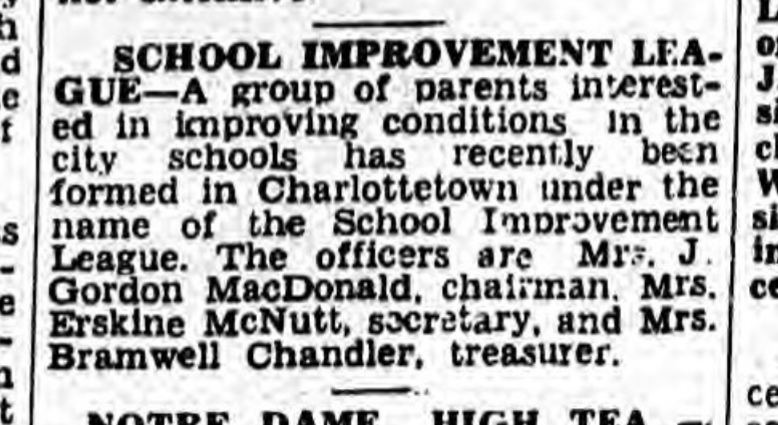
A week later, the Guardian followed up with a note about the School Improvement League making representation to the school board:
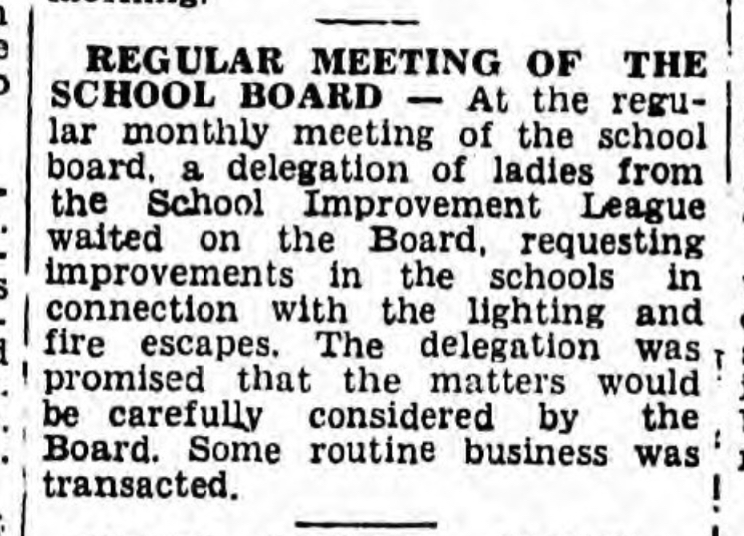
Over the next decade the Guardian contains regular reports about the advocacy work of the League and it is not difficult to see the seeds of what we now know as “home and school” being planted in their work.
Dr. Helen MacDonald and her colleagues in education reform are Islanders we all must learn more about; I hope, with David’s help, that we can work to make this happen. I’m so that I glad departed from type to introduce myself this morning.
(You can learn more about what happened next in Hesta MacDonald’s The Prince Edward Island Federation of Home and School Associations: history, 1953-1973 (PDF)).
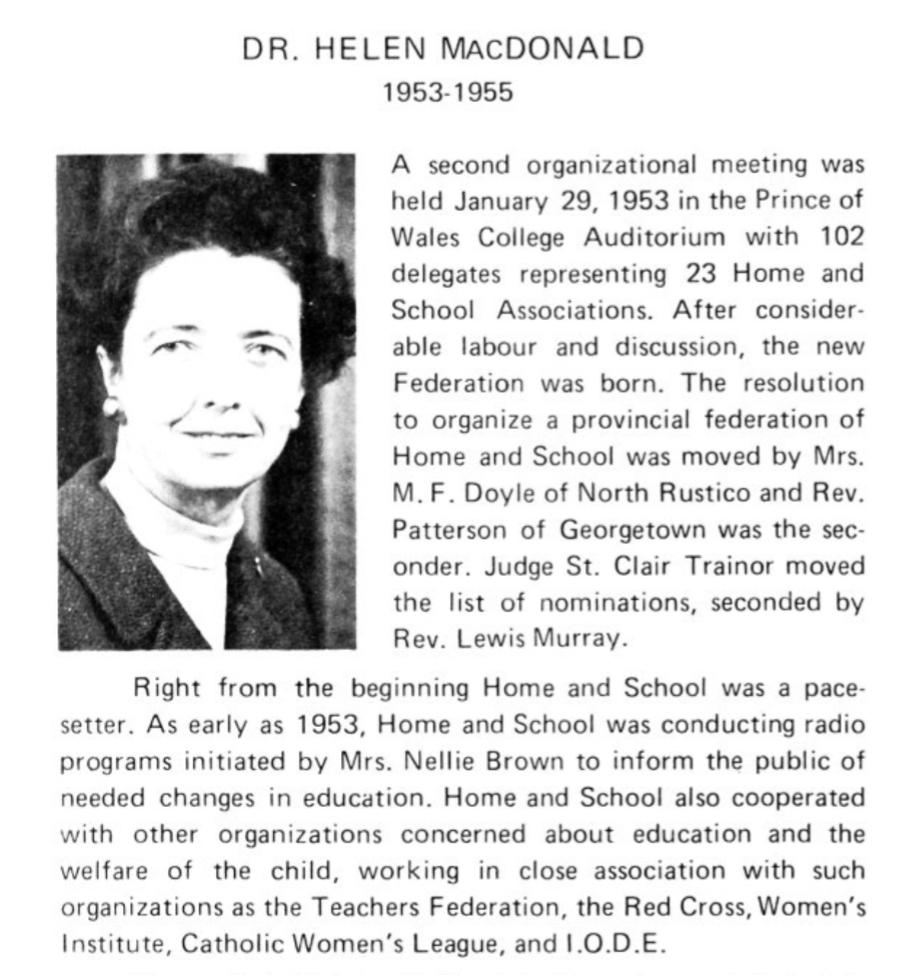
With Canada Post on the verge of locking out its workers, maybe the best thing we lovers of the mails can do is to show our support through stamp purchasing.
I picked up $30 work this morning: a packet of Canadian stamps in the new Star Trek series and a packet of International commemorating HMS Erebus (that of “the hand of Franklin reaching for the Beaufort Sea”)
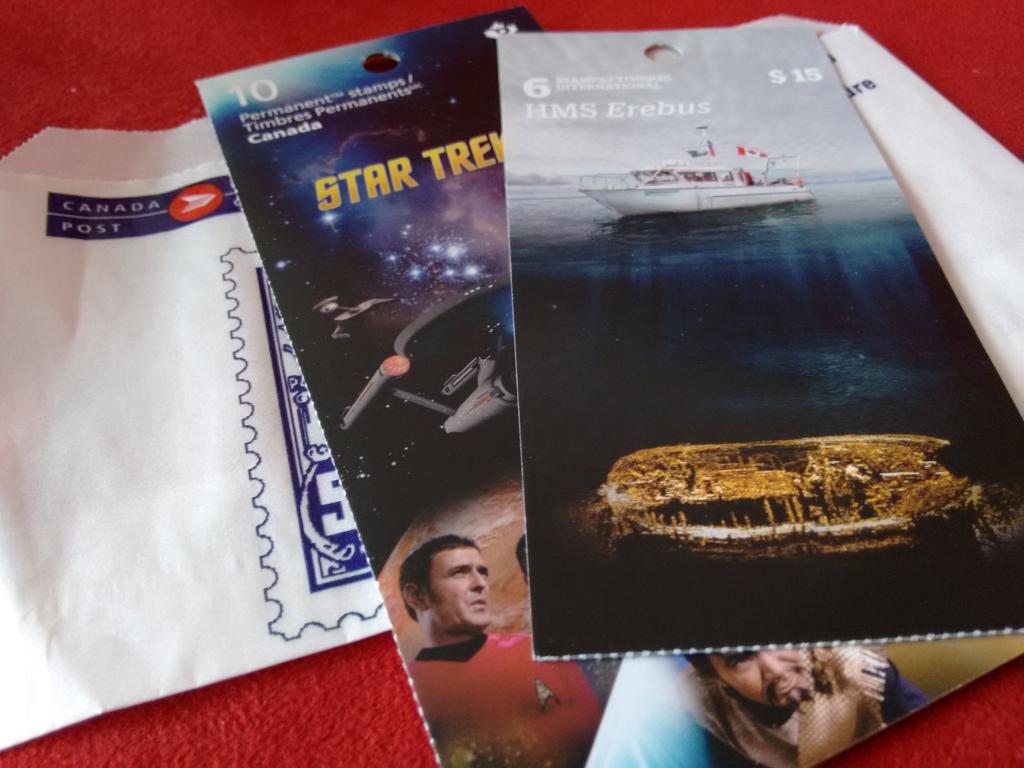
Eight years ago we had the pleasure of touring southeastern Iceland. One of our first stops was at Strandarkirkja, a wooden church on the seashore. It was an inspiring place, and a good introduction to the rough, beautiful, complex simplicity that is Iceland.
Is it any wonder, then, that it is the third stop in Icelandic musician Ólafur Arnalds’s Island Songs composing tour of the country. Here’s a teaser video of the composition made there:
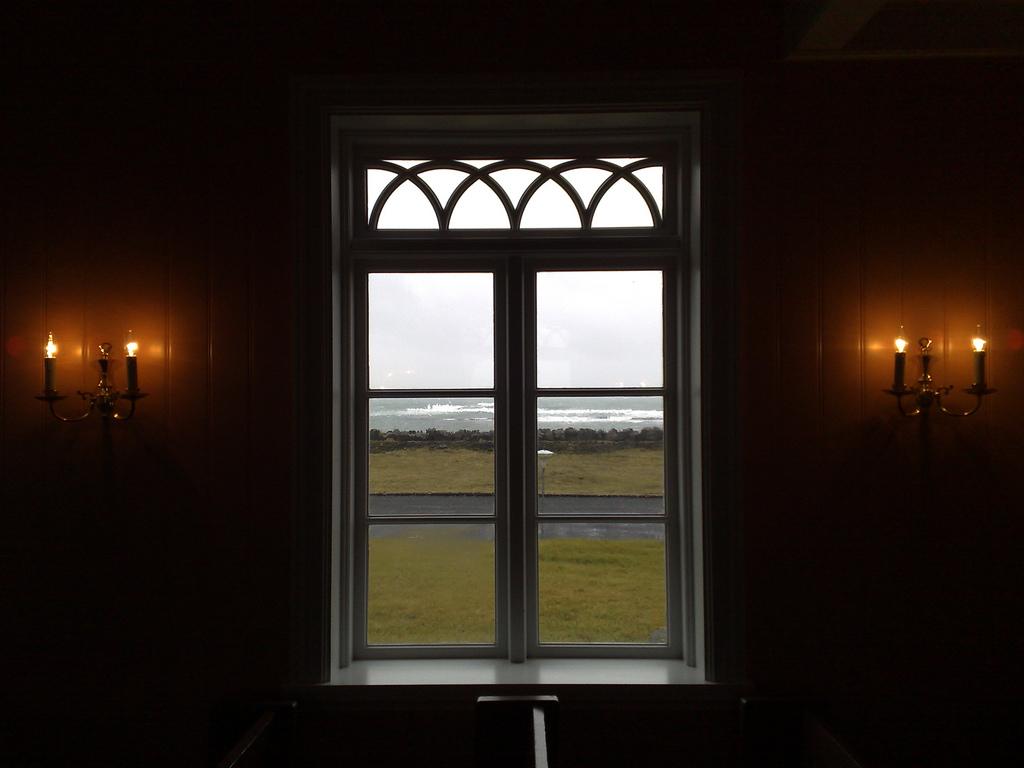
So the Premier dropped by for a chat this afternoon as planned.
My furious scrubbing of the office of copies of The Anarchist Cookbook and the Communist Manifesto was all for naught, as the consensus of the Premier’s advance team1 was that the interview would be best conducted in the basement printing closet. So we shinnied our way around the Golding Jobber № 8 and conducted our chat while draped around the press.
On the upside, the office is now a lot better organized than it was 24 hours ago. I paid the bills. Organized the paper drawer. Filled out the Dishwasher Rebate form. Sorted out which glue bottles are dried up and which have life left in them. The impending arrival of a senior public official is, it turns out, a great stimulus toward office organization. I would recommend it to anyone.
The Premier has the benefit of being both inveterately curious and being a patient listener. I have little memory of what we talked about, what with the dizzy palpitatory nature of the proceedings, but I believe we spoke of the nature of the business, about printing presses, about The Old Farmer’s Almanac and about how I came to be here doing this.
It was, in other words, a slightly more formal version of “so, what do you do?” at a house party.
As you can see in the attached photo, taken by the Premier’s photographer2, my proudest achievement of the day was having the wherewithal to dress myself in a non-wrinkled not-that-poorly-fitting white shirt for the occasion (note that the art in the background is part of a show currently on in The Guild from artist Suzanne O’Callaghan).
After he departed the printing closet, the Premier kept up a relentless pace on his curiousity tour; by the time I type this, 6 hours later, he’s made it all the way to the Maisons de bouteilles in Egmont. I expect that by August he’ll have interviewed everyone on the Island.
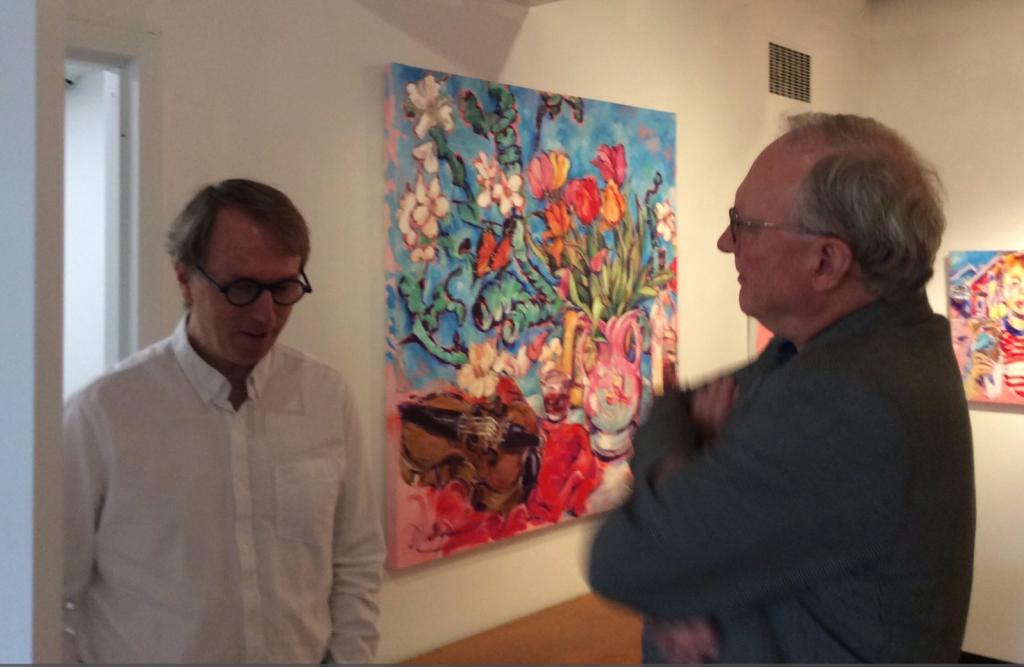
You were not in Victoria by the Sea on Monday night for the performance by The Lion The Bear The Fox.
I say this because I was there. And I didn’t see you. The theatre was sparsely filled; embarrassingly so.
Unfortunate, because you missed a very good show from three surpremely talented musicians who gave it their all.
Let this be an early warning to you all: the next time you have the chance to see them play, take my word for it and go and see and them.
(If you’re in Mission or Vancouver, BC, consider this your call to action: they’re performing locally there later in July).
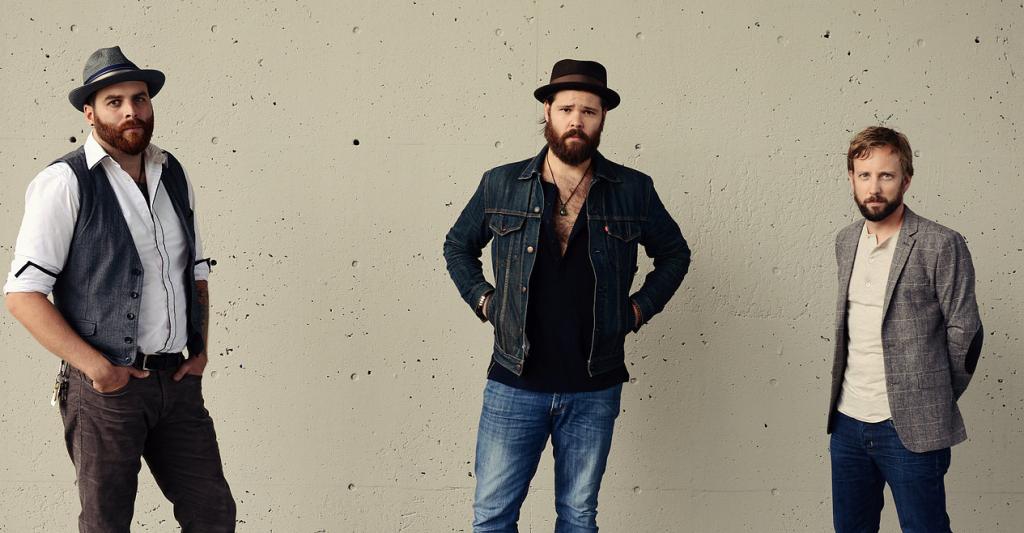
Did you know that Premier MacLauchlan has his own YouTube channel of interviews with Prince Edward Island entrepreneurs?
A few weeks ago I got the call from his special assistant: the Premier wanted to come and interview me.
“About what?”, I asked, somewhat incredulously, as I do not fancy myself an entrepreneur (and, indeed, at least in theory, reject most of the tenets of capitalism).
“He wants to come to the Reinventorium to talk about printing and the Internet and other things that you do,” said the special assistant (and I paraphrase, as my incredulity was clouding my mind).
I was blinded by the inside baseball reference to the Reinventorium. And so I said yes.
And so the Premier and the special assistant will arrive here tomorrow at noon.
I’ve spent the last few hours bringing some order to the Reinventorium’s chaos, piling the stacks of papers more neatly, removing seditious literature, and generally seeking to make the operation look slightly less tangled.
I’ve watched a sampling of previous episodes of the show with an eye to getting some insights as to what we might talk about; they seem to run 3 or 4 minutes, but I’m pretty sure that between the letterpress printing, The Old Farmer’s Almanac, the Hacking in Residence, and the other procrastination projects, I can keep him going for at least an hour.
Wish me luck.
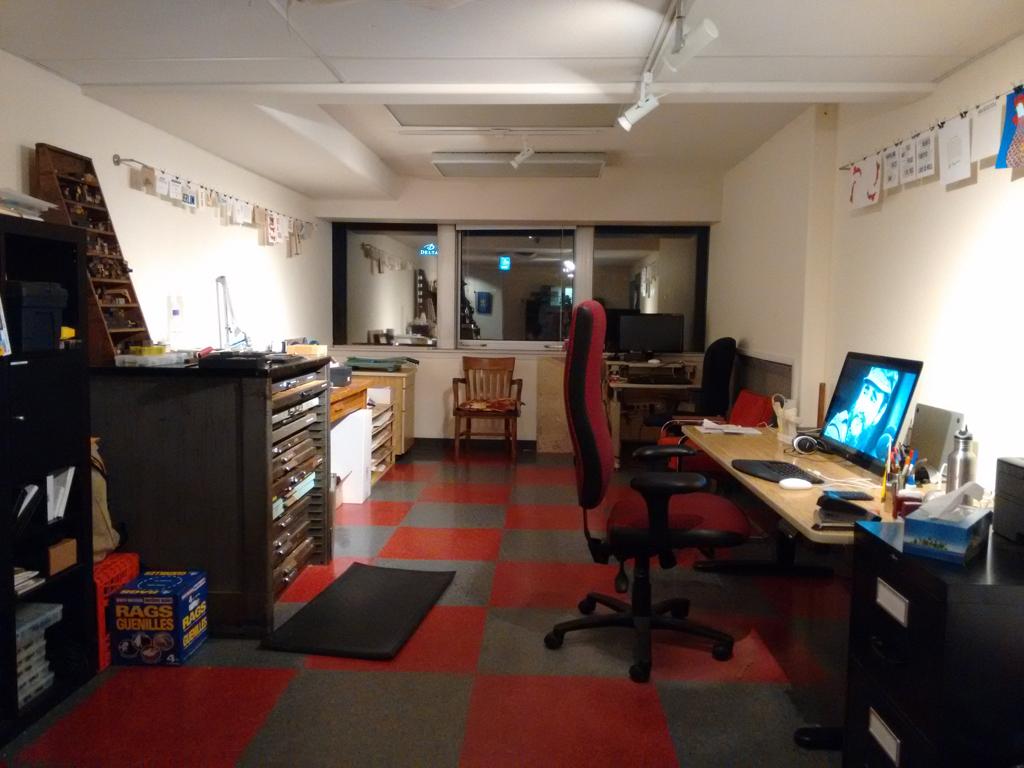
Recorded yesterday at the PEI Bluegrass and Old Time Music Festival. For kicks, listen to the first episode of our podcast from 10 years ago.
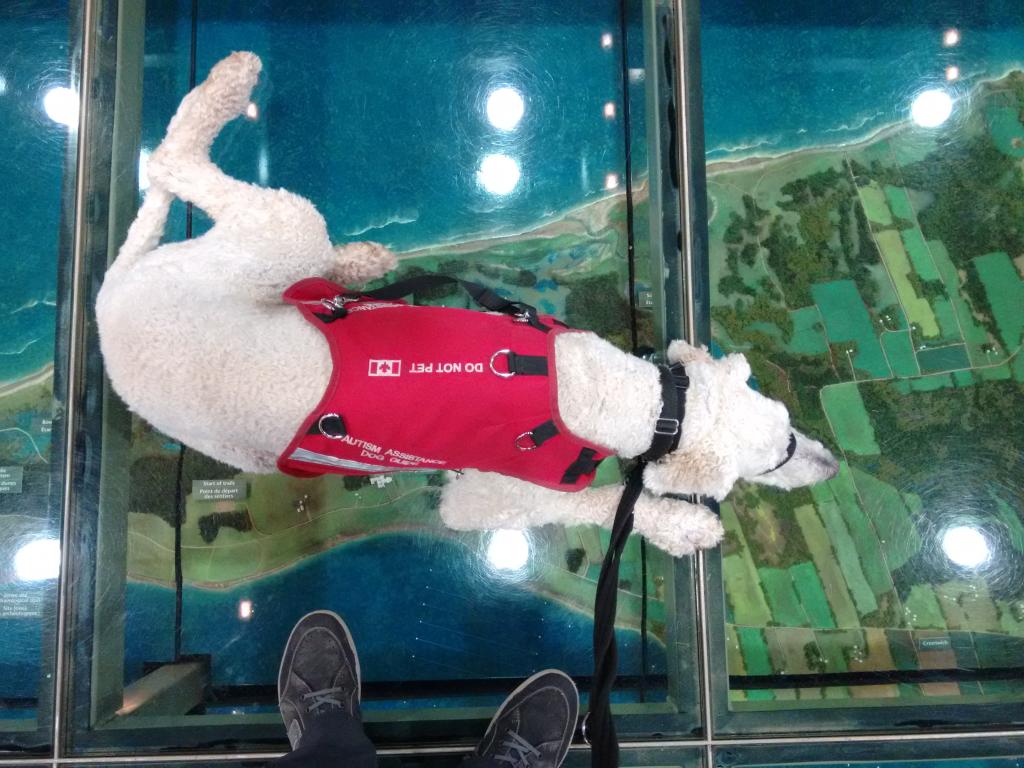
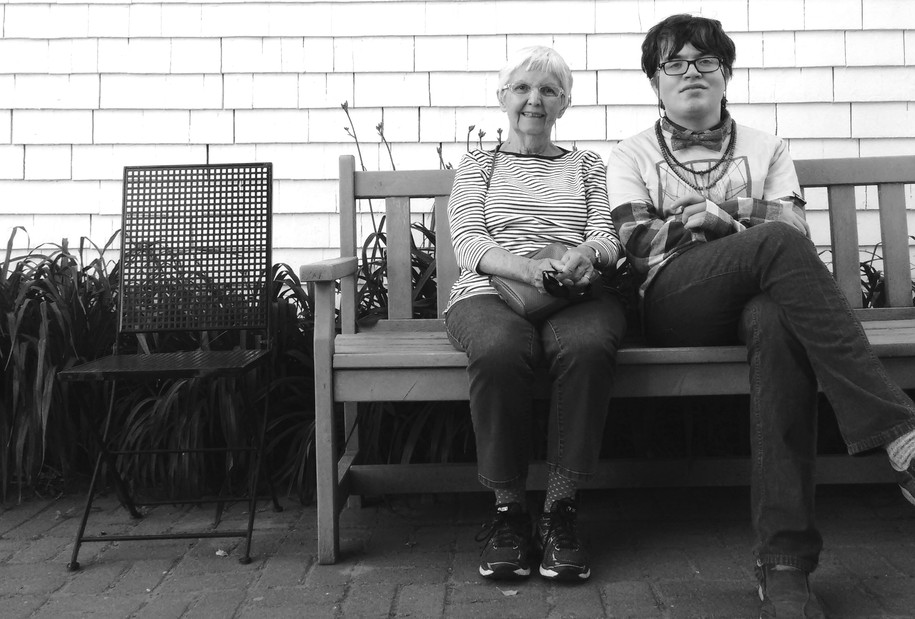
 I am
I am